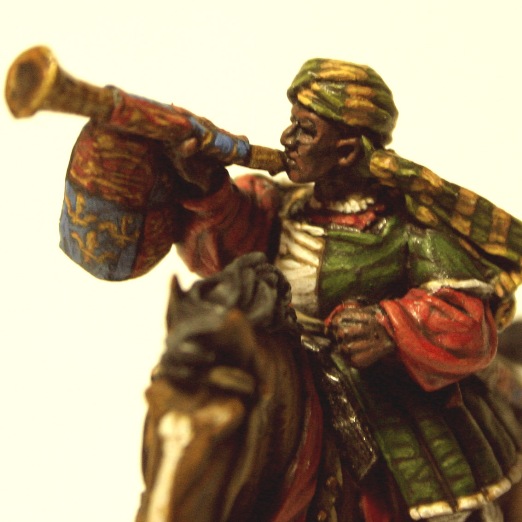Luce Morgan (1560-1610), generally identified as the ‘Dark Lady’ of the Sonnets began to live in that environment sometime after she left the Court of Queen Elizabeth l.
Some texts described Luce Morgan as a gentlewoman, meaning that she could either have been a woman of high social standing or an attendant to the Queen. While living at Court, official records state that she had a servant and a six monthly clothing budget.
In 1579, she received eleven yards of silk for her wardrobe. Six months later in March 1580, she received three and a half yards of velvet. Another six months passed before she was given six yards of russet satin and finally two yards of black velvet in September 1581.
Back then, a person’s status and position dictated what could be worn and materials such as those were very expensive; hardly the sort of expense that the Queen would lavish on a common servant.
Some may argue that it is unrealistic to place a free African woman in Elizabethan England, and the question might arise as to how an African woman back then could have had a high social standing.
That question comes to mind only if one is looking back on history with all of the racial distortions and concepts that built up with enslavement and afterwards.
Moreover, while it may have been unusual to find an African woman in such a high social position, it was not impossible, as England had not fully entered into the Slave Trade.
In 1501, John Blanke and other African attendants, travelled with Catherine of Aragon from Spain and attended her at the royal court. Royal trumpeter, John Blanke was on the pay roll of both Henry Vll and Henry Vlll. Prior to that, Pedro Negro was perhaps the first African to receive a knighthood, from Henry Vlll.
One must also not forget that African people have a largely undocumented history of living in the British Isles before the arrival of the African Roman emperor Septimus Severus and afterwards. Moreover, in 1596, Queen Elizabeth, issued an open letter to the Lord Mayor of London and other towns in which she stated:
“There are of late divers (different) blackmoores brought into this realme, of which kinde of people there are already here to manie…” The Queen ordered their deportation, saying: “Those kinde of people should be sente forth from the land.”
Again, in 1601, she declared: “Whereas the Queen’s majesty…is highly discontented to understand the great number of negars and Blackamoors which (as she is informed) are crepte into this realm…as also for the moste of them are infidels having no understanding of Christe or his Gospel: hath given especial commandment that the said kinde of people shall be with all speed avoided [banished] and discharged out of her majesty’s dominions.”
The fact that they had ‘crept’ into England, would indicate that they were not enslaved people. Where did they come from? Beginning in 1492, over three million Moors were expelled from Spain and scattered all over Europe.
The proclamation, repeated four years later in 1601, indicated that the African community exercised their freedom to stay put. In addition, many lived and worked in London and had families from marrying local people.




